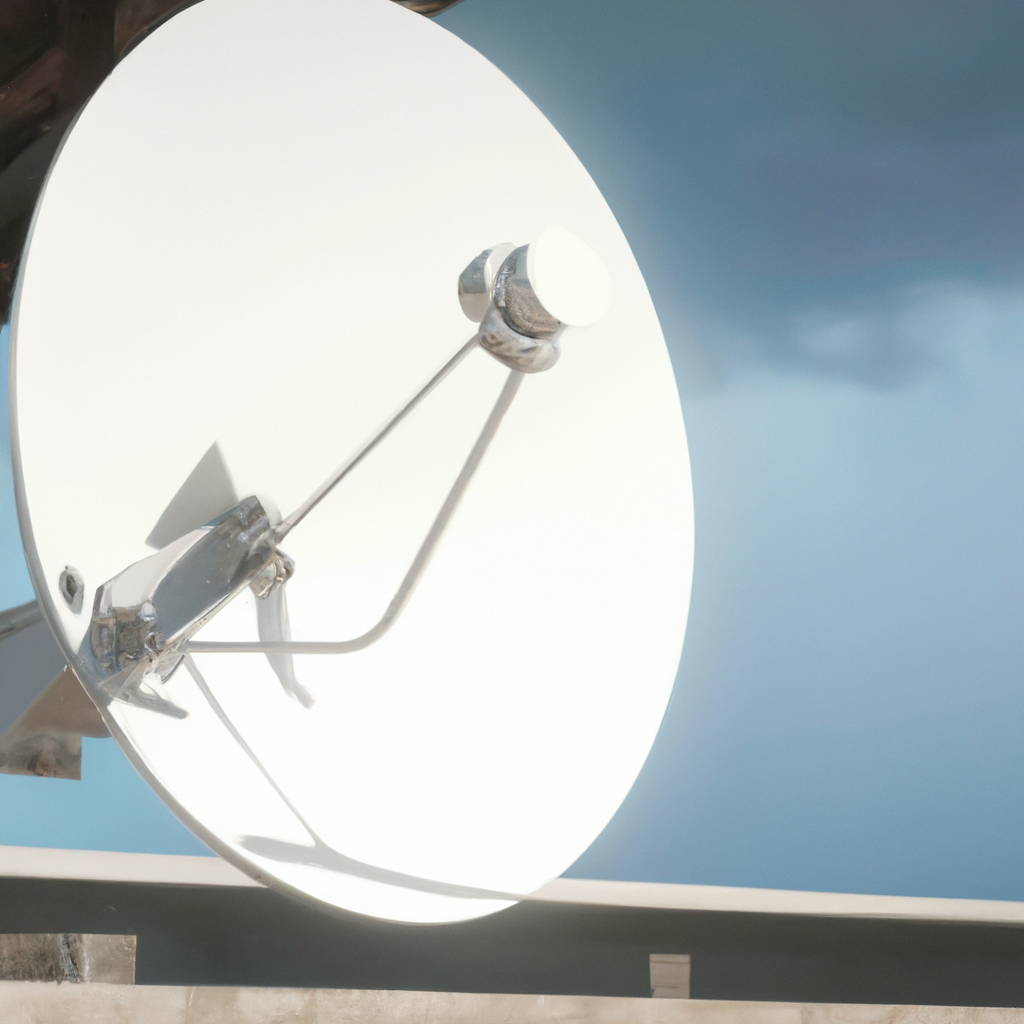Satellite TV has revolutionized the way we watch television. It has become a popular alternative to cable TV with its wider range of channels and better transmission quality. But how does a satellite TV system work? In this article, we will take a closer look at the technology behind satellite television.
Overview of Satellite TV technology
Satellite TV is a system of transmitting television programming using a satellite dish and satellite receiver. The process involves transmitting signals from a television broadcasting station to a satellite orbiting the earth. The satellite then sends the signals back to earth, where they are received by a satellite dish and decoded by a satellite receiver.
Components of a Satellite TV system
A satellite TV system consists of the following components:
1. Satellite dish: This is a parabolic-shaped dish that receives the TV signal from the satellite. It is mounted on the roof or wall of a building and pointed towards the satellite.
2. Low-Noise Block Downconverter (LNB): The LNB is a device that is attached to the satellite dish and receives the TV signal. It amplifies the signal and converts it to a lower frequency for transmission to the satellite receiver.
3. Satellite receiver: This is a device that decodes the TV signal received from the satellite dish and converts it into a format that can be displayed on a TV screen.
4. TV screen: This is the device that displays the TV programming received from the satellite receiver.
How Satellite TV works
Satellite TV works on the principle of satellite transmission. The process involves the following steps:
1. TV programming is transmitted from a television broadcasting station to a satellite orbiting the earth.
2. The satellite receives the TV programming and amplifies the signal.
3. The amplified signal is sent back to earth, where it is received by a satellite dish.
4. The satellite dish sends the signal to the LNB, which amplifies and converts the signal to a lower frequency.
5. The signal is then sent to the satellite receiver, which decodes the signal and converts it into a format that can be displayed on a TV screen.
6. The TV screen displays the programming received from the satellite receiver.
Advantages of Satellite TV
Satellite TV has several advantages over cable TV. These include:
1. Wider range of channels: Satellite TV offers a wider range of channels than cable TV, including international channels.
2. Better picture quality: Satellite TV provides better picture quality than cable TV because the signal is transmitted directly from the satellite to the satellite dish without any interference.
3. Availability: Satellite TV is available in remote areas where cable TV is not available.
4. Cost-effective: Satellite TV is often more cost-effective than cable TV because it offers more channels for a lower price.
Disadvantages of Satellite TV
Satellite TV also has some disadvantages, including:
1. Weather interference: Bad weather can interfere with the satellite signal, causing reception problems.
2. Installation: Satellite TV requires professional installation, which can be expensive.
3. Satellite dish placement: The satellite dish needs to be mounted in a location with a clear view of the satellite, which can be difficult in some areas.
Conclusion
Satellite TV is a popular alternative to cable TV with its wider range of channels and better transmission quality. The technology behind satellite television involves transmitting signals from a television broadcasting station to a satellite orbiting the earth, which then sends the signals back to earth, where they are received by a satellite dish and decoded by a satellite receiver. While satellite TV has some disadvantages, such as weather interference and installation costs, its advantages make it a viable option for many consumers.







